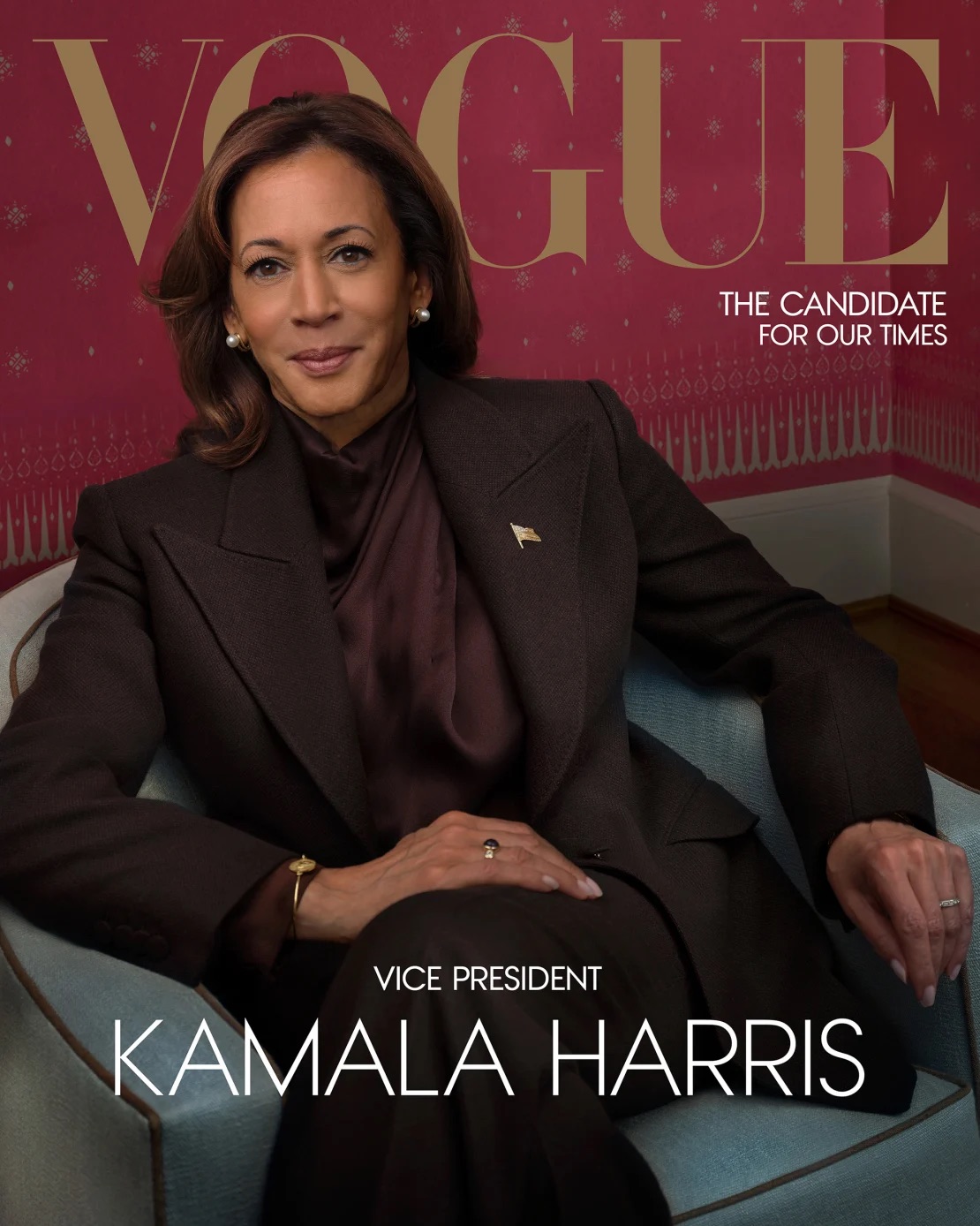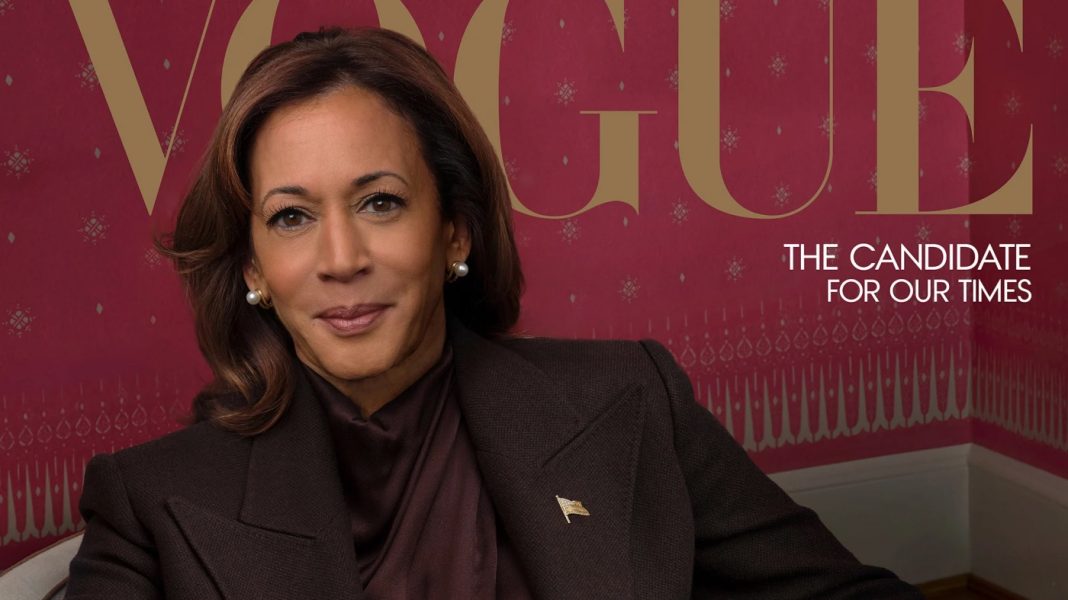WASHINGTON DC, USA — In the final stretch before the U.S. presidential election, Vice President Kamala Harris graces the cover of Vogue once again, this time in a polished and powerful ensemble that reflects her political journey over the past three years.
The digital cover, shot by renowned fashion photographer Annie Leibovitz, showcases Harris in a mocha-colored suit by Gabriela Hearst, sitting poised with her signature wry smile just visible.
The sharp contrast between this cover and her previous one in November 2021 is unmistakable.
Then, freshly elected, Harris appeared standing in a somewhat informal pose, clad in black skinny jeans, Converse sneakers, and a casual Donald Deal jacket.
The first cover sparked considerable controversy, with many criticizing the casual portrayal of the vice president, particularly given the historic nature of her election.
Harris’ team reportedly expected a more formal image, leading to a sense of dissatisfaction with the final product.
Social media users weighed in, with one remarking, “She deserves a cover, but a much better cover than this.”
Vogue later defended the decision, explaining that the relaxed, informal look captured Harris’ approachable nature—qualities the magazine felt aligned with the Biden-Harris administration’s ethos.
Still, for many of Harris’ supporters, the first cover was seen as a missed opportunity to highlight her status as the first woman, and the first woman of color, to serve as vice president.
This latest cover marks a departure from the earlier attempt to emphasize Harris’ authenticity.
Instead, it positions her as a figure of formal authority, seemingly ready to handle the responsibilities of her office with grace.
The backdrop of this image, a chair upholstered in baby blue, subtly evokes the calm but commanding presence Harris has cultivated since stepping into the role of vice president.
Dressed in a plum satin blouse and a sharp-lapeled suit, Harris exudes professionalism and poise, signaling that she is ready for whatever the next chapter in her political career may bring.
For some, this second Vogue cover represents a symbolic correction, casting Harris in a more serious, stateswoman-like light.

It invites viewers to envision the vice president not as the candidate on the campaign trail but as the experienced leader seated across the table, ready to engage in diplomatic talks or policy discussions.
However, not all reactions to the cover were positive.
Nigerian-British photographer Misan Harriman criticised the choice of Leibovitz as the photographer, commenting on Instagram, “I do wish you would give these opportunities to the many amazing Black women photographers out there.”
Leibovitz has faced scrutiny in recent years for her portrayal of Black and Brown subjects, with some arguing that her lighting choices often fail to flatter darker skin tones.
This critique echoed a similar controversy surrounding her April shoot with Zendaya, which drew complaints about poor lighting and the resulting effect on the actress’s appearance.
Despite this criticism, for many of Harris’ supporters, the latest cover is a full-circle moment.
Gone are the Chuck Taylors and the casual styling—now Harris is being taken seriously sartorially as a polished, poised leader.
The symbolism embedded in the image hints at the possibility of more high-stakes leadership to come, as Harris faces the November election and the uncertainties that lie ahead.
Whether or not this image becomes iconic, it is clear that Harris’ second Vogue cover is a testament to how much can change in three years—both for the vice president and for her evolving public image.







